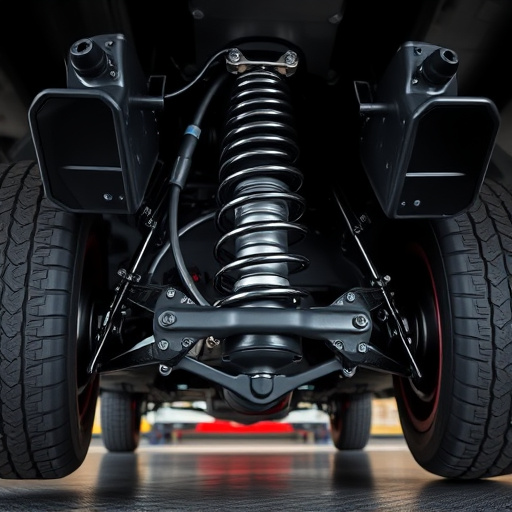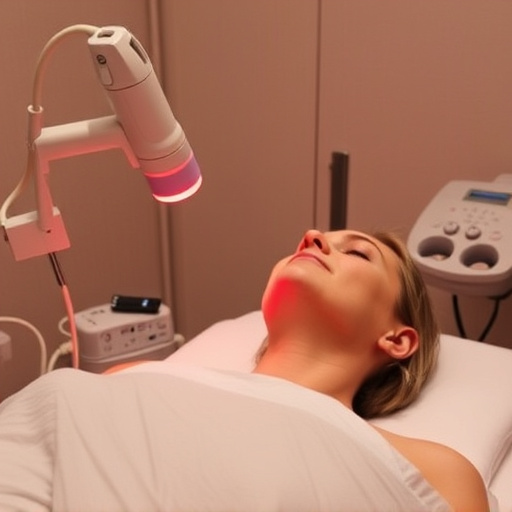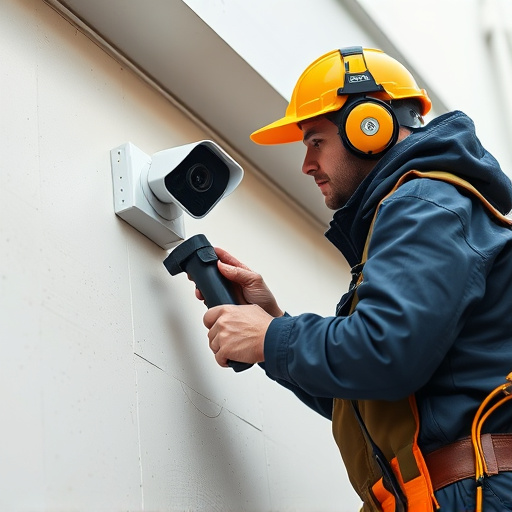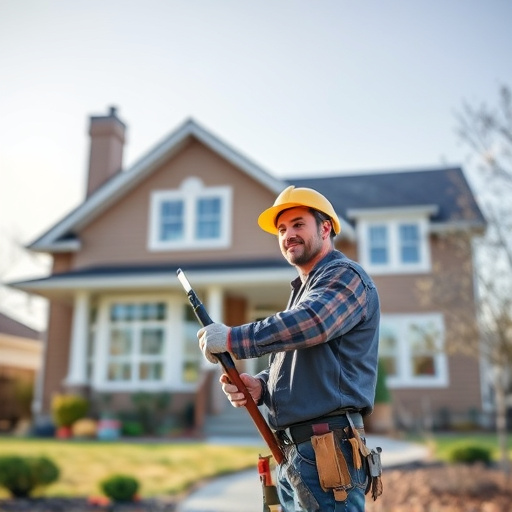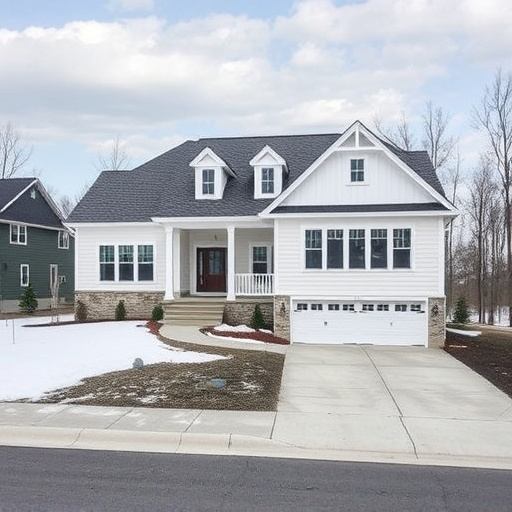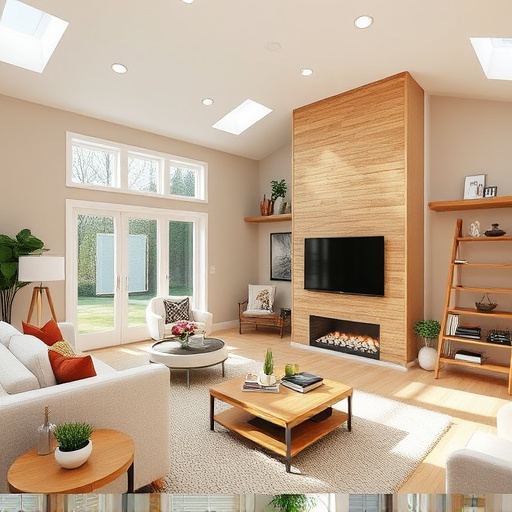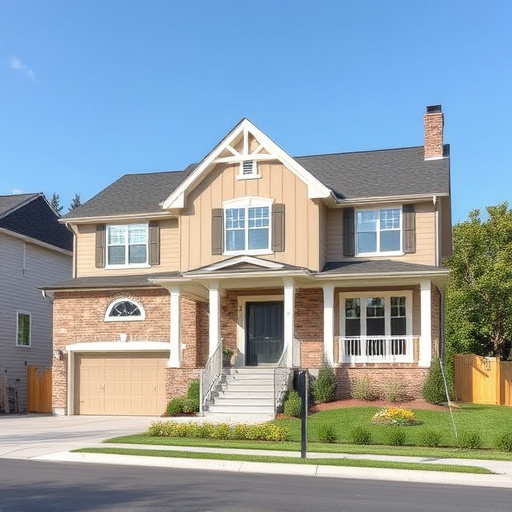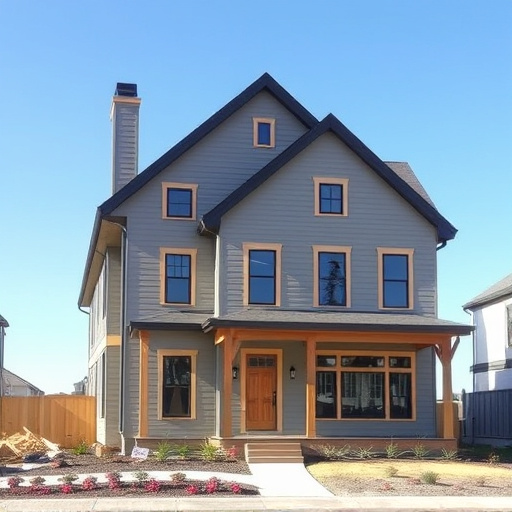Smart Automation and Energy Efficiency are driving forces behind modernizing commercial spaces, turning them into eco-friendly, productive hubs. Integrating advanced technologies like automated lighting and IoT devices enables real-time monitoring and control of various factors, leading to significant energy savings and enhanced operational effectiveness. These innovations optimize resource allocation, appeal to environmentally conscious stakeholders, and align with green building initiatives, ultimately fostering productivity, reducing costs, and contributing to long-term sustainability. A commercial upgrade through smart building features is an essential step towards efficient and sustainable operations in today's digital era.
Upgrading your commercial space to a smart building isn’t just about aesthetics; it’s a strategic investment in energy efficiency, enhanced security, and advanced connectivity. In today’s digital era, smart buildings leverage Internet of Things (IoT) technology to optimize operations, reduce costs, and foster productivity. This article explores the top features driving a successful commercial upgrade, focusing on automation, security, and communication innovations that promise a future-proof, efficient workspace.
- Smart Automation and Energy Efficiency
- – The role of IoT in creating energy-efficient commercial spaces
- – Automating lighting, temperature, and ventilation systems
Smart Automation and Energy Efficiency
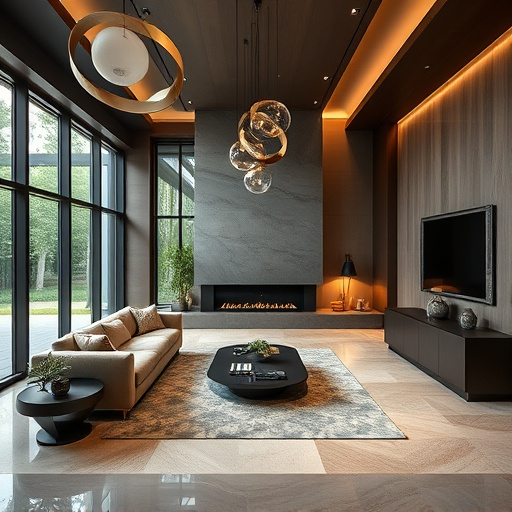
Smart Automation and Energy Efficiency play a pivotal role in any commercial upgrade, transforming traditional buildings into modern, efficient hubs. By integrating smart technology, businesses can achieve remarkable energy savings while enhancing operational effectiveness. Automated lighting systems, for instance, adjust illumination based on natural light availability and occupancy, significantly reducing electricity consumption without compromising functionality.
This technological advancement extends to climate control, where advanced HVAC (Heating, Ventilation, and Air Conditioning) systems learn patterns and optimize temperature settings. Moreover, smart automation in commercial spaces goes beyond energy conservation; it enhances user comfort and safety. Sensors can detect when a room is unoccupied, shutting off lights and appliances, thereby minimizing waste and optimizing resource allocation, particularly in large office spaces or retail establishments. Such innovations not only contribute to cost savings but also appeal to environmentally conscious tenants and clients, aligning with the growing trend of green building initiatives and sustainable practices.
– The role of IoT in creating energy-efficient commercial spaces
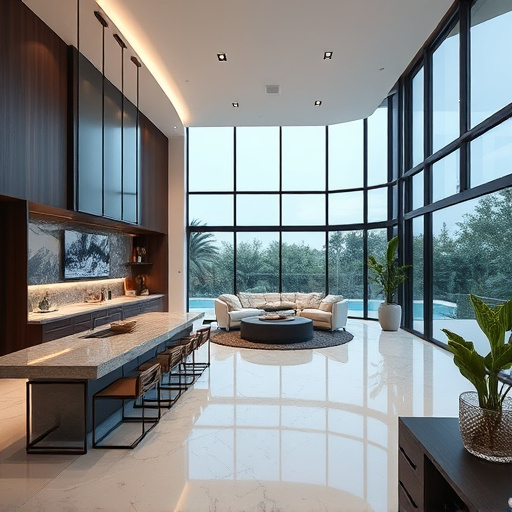
The Internet of Things (IoT) is a game-changer when it comes to transforming commercial spaces into smart, energy-efficient environments. By integrating IoT devices and sensors, buildings can achieve remarkable levels of sustainability and cost savings. These technologies enable real-time monitoring of various factors such as temperature, humidity, and lighting, allowing for precise control and optimisation. For instance, smart thermostats can adjust heating and cooling systems based on occupancy, while motion sensors ensure lights are only activated when needed, significantly reducing energy waste.
A commercial upgrade with IoT at its core offers a wide array of benefits. It not only enhances the overall efficiency of renovation services or even simple exterior painting jobs but also contributes to long-term cost reduction and environmental sustainability. Moreover, these smart features can improve tenant satisfaction by creating more comfortable and healthier working spaces, ultimately fostering productivity and business growth, which are essential aspects for any successful home transformation.
– Automating lighting, temperature, and ventilation systems
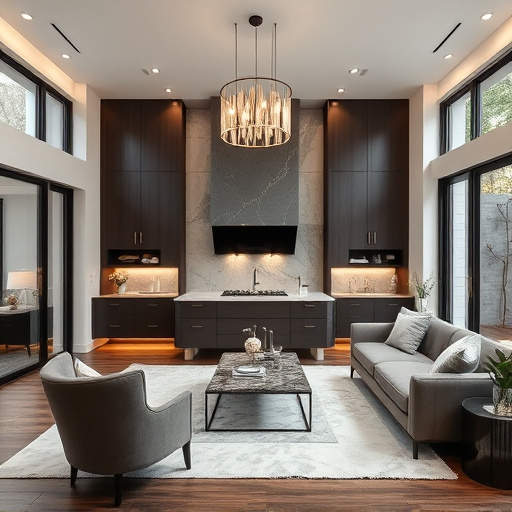
In today’s digital era, a commercial upgrade through smart building features is no longer a futuristic concept but an essential step towards efficient and sustainable operations. Automating lighting, temperature, and ventilation systems plays a pivotal role in this transformation. By integrating intelligent controls and sensors, these systems can adapt to real-time occupancy and environmental conditions, significantly reducing energy consumption. For instance, automated lights can turn on or off based on motion detection, while advanced thermostats adjust temperatures accordingly, ensuring optimal comfort without waste.
This automation extends beyond mere convenience; it’s a game-changer for businesses looking to implement eco-friendly practices. By automating these systems, commercial spaces can achieve notable energy savings, mirroring the benefits often seen in successful home transformations and kitchen remodels. This not only reduces operational costs but also contributes to a building’s overall sustainability, aligning with the goals of many forward-thinking organizations.
Integrating smart building features through IoT technologies offers a promising path for a successful commercial upgrade. By automating lighting, temperature, and ventilation systems, businesses can achieve significant energy efficiency, reduce operational costs, and create more comfortable working environments. These innovations not only enhance productivity but also contribute to a greener future, making smart buildings an essential consideration for any forward-thinking commercial space.

